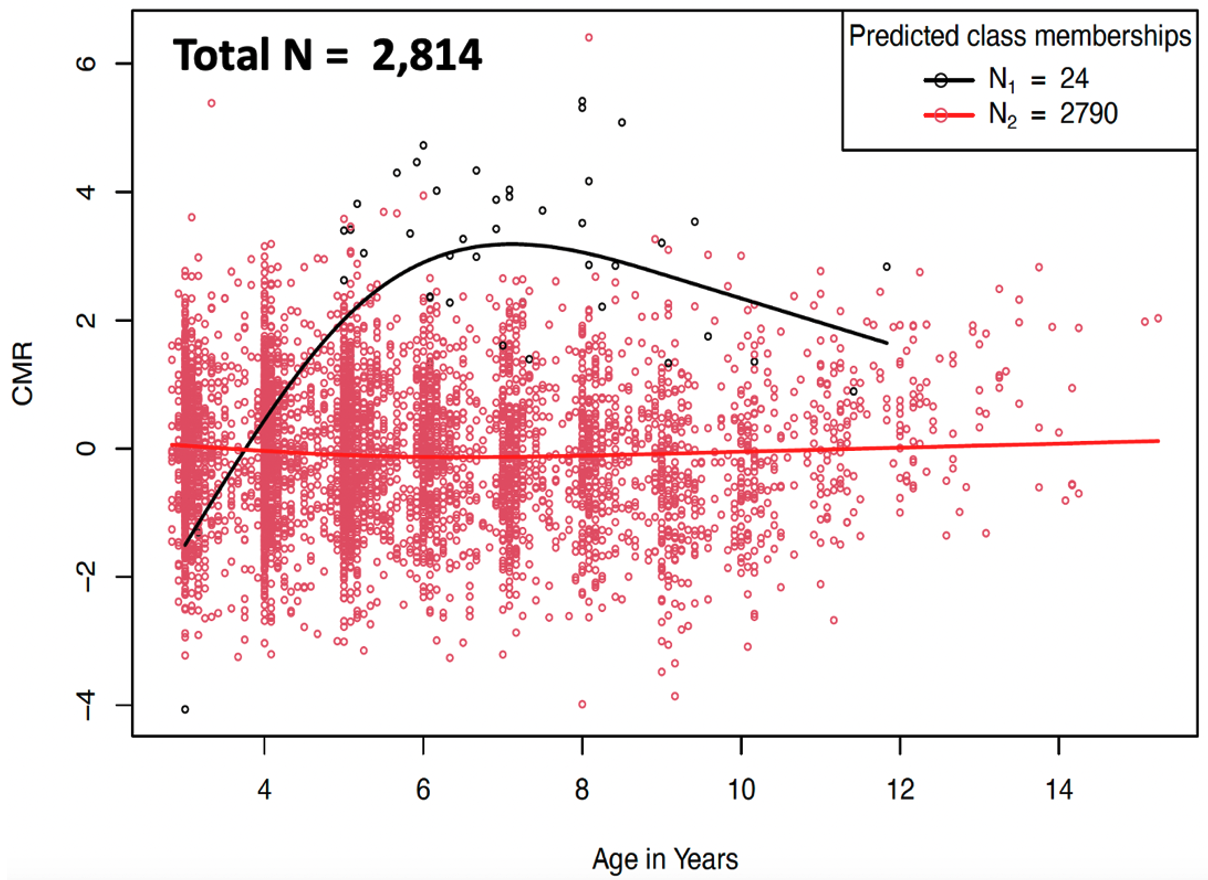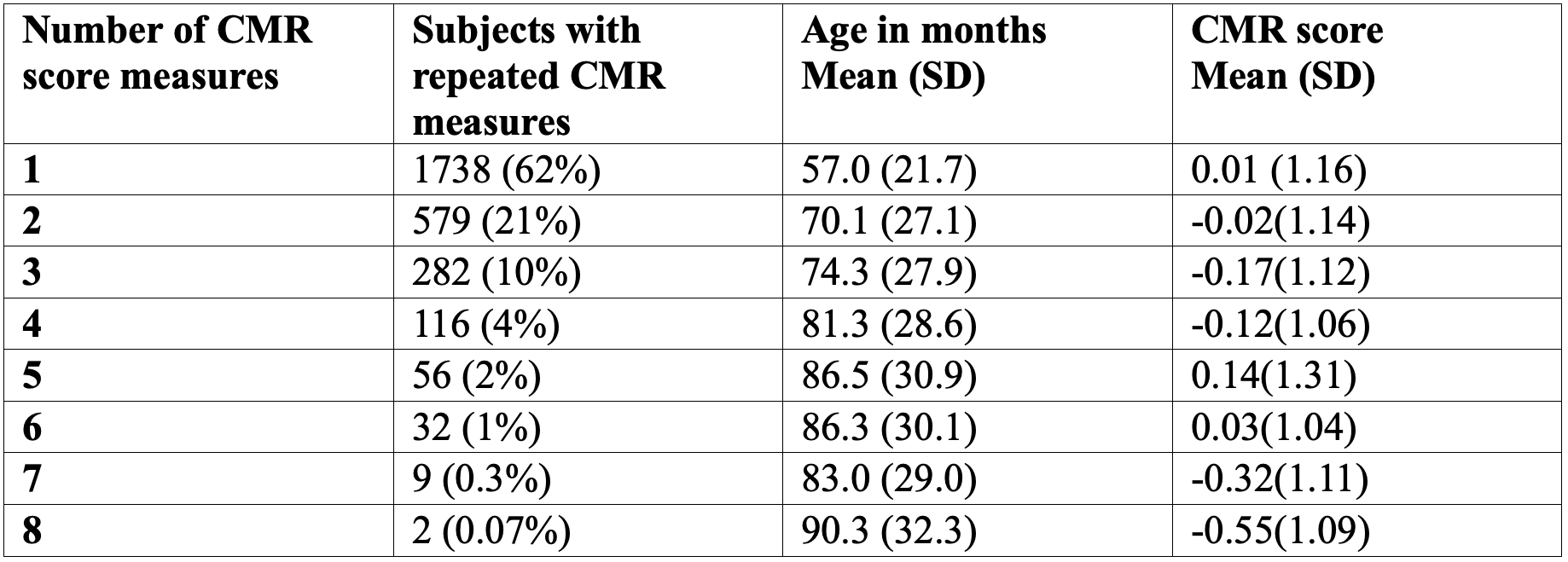Public Health & Prevention
Session: Public Health & Prevention 1
199 - Describing the patterns of cardiometabolic risk among children 3 years of age and older in the TARGet Kids! cohort
Saturday, May 4, 2024
3:30 PM - 6:00 PM ET
Poster Number: 199
Publication Number: 199.1207
Publication Number: 199.1207

Marium Kiwan, MHSc (she/her/hers)
Trainee
University of Toronto Temerty Faculty of Medicine
Oakville, Ontario, Canada
Presenting Author(s)
Background: The prevalence of cardiometabolic disease (CMD) among adults in Canada is high. Continuous composite cardiometabolic risk (CMR) scores in children may be used for the prediction of CMD in adults. No research has examined longitudinal patterns of CMR scores in children.
Objective: To determine the trajectories of CMR scores in children.
Design/Methods: A longitudinal cohort study was conducted through The Applied Research Group for Kids (TARGet Kids!) in Canada. Healthy children 3 to 15 years of age with at least one CMR score were included. CMR score components were measured at well-child visits at primary care practice sites and CMR score was quantified as the sum of age- and sex-standardized waist circumference (WC), systolic blood pressure (SBP), glucose, log-triglycerides (TG) and negative high-density lipoprotein cholesterol (HDL-C) divided by √5. Latent class mixed models were used to estimate distinct trajectories of CMR scores.
Results: 2814 children (4757 observations) with an average age of 4.6 years had at least one CMR score. Among the children included, 54% were female and most had a higher family income (76% above $80,000/year). Most included children had European ethnic ancestry in mothers (60%, n=1682) and fathers (61%, n=1713), followed by South Asian ethnic ancestry in mothers (8%, n=225) and fathers (9%, n=237). Children had up to 8 repeated total CMR scores and 1076 children (3019 observations) had at least 2 CMR scores. Two distinct trajectories of total CMR score were identified and 99% of children were classified within a stable trajectory.
Conclusion(s): Among children in the TARGet Kids! cohort, CMR score patterns are consistent with a single trajectory. The timing and frequency of repeated CMR measurements requires further study.
.png)


